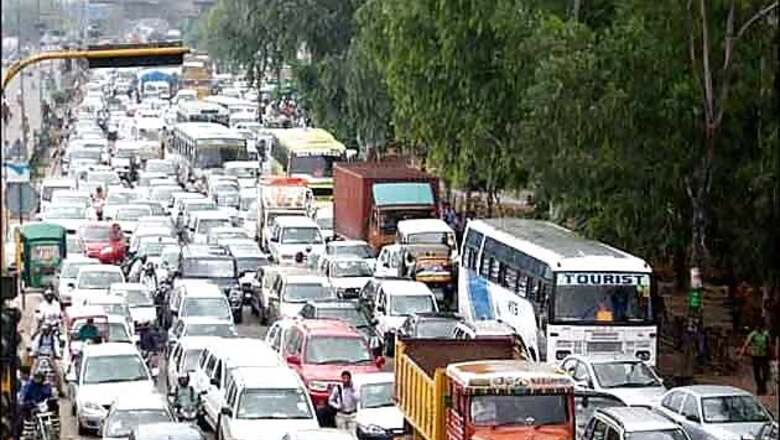
views
Providing adequate and quality mobility options to the urban population is one of the key challenges that our cities face today. The trends that we are witnessing in terms of explosive motorisation are leading to major threats to environment, health and social well-being. The problems related to urban transport are expected to aggravate manifold in the coming times and hence lead to the urgency of addressing various facets of urban transport and undertaking efforts for making it sustainable because the current growth trends in no way are sustainable. The increasing dependence on private vehicles, declining share of public transport and non-motorised transport are some of the key trends that are making our transport systems unsustainable. Additionally, we are struggling to get our basics right; we have been investing on vehicle friendly infrastructure, planning and designing inequitable mobility systems, are unable to ensure safety and security on roads and public transport systems, and are unable to ensure even the basic needs in terms of universal access.
While many may not accord the situation as alarming, it may be unwise for city planners and managers not to take this seriously. We are witnessing vehicle registration levels of about 1400 vehicles in Delhi, around 1000 in Bangalore and are reaching similar levels in cities like Pune, Chennai, etc. We could very well reach the level of about 400 million vehicles in the next 20 years, almost a four times increase as compared to today. What could be more alarming? We cannot have the luxury of expanding our roads for ever, which means that we cannot let the growth of vehicular population continue at the current rates. We need to put a curb on it, which implies that we urgently need sustainable mobility systems, systems that do not promote private motorisation of this extent.
Sustainable mobility systems aim at moving people, not vehicles and hence focus more on development of mass transport systems and non-motorised transport infrastructure rather than vehicle friendly infrastructure.
Sustainable mobility systems are usually environment-friendly and provide adequate, quality, affordable, reliable and comfortable mobility options to all and promote safety and security of the commuters. We can achieve such systems if we judiciously start planning the urban and transport systems. We need to first of all set the right policies, programs and investments schemes in place.
To some extent, the National Urban Transport Policy has done that at the national level. We need similar policies, programmes and plans at state and city level also. We need to ensure that the investments are channelled to the right kind of infrastructure projects and pass all checks of environmental impacts, safety, and accessibility, among others. The goal should be to provide 'mobility for all'.
This is not an easy task because we do not have adequate institutions, capacity and commitment towards promoting sustainable mobility systems. We have 'just' noticed the problem and are starting to respond to it. Unfortunately the responses that we are seeking have short-term impacts. We need to look for long-term solutions, which sometimes may not be easy to implement. But in the interest of society and environment, we need to undertake such interventions. We hope that the thematic tracks in the Delhi Sustainable Development Summit -2013 on sustainable mobility are able to find some solutions to addressing these challenges and guide towards the right direction of achieving sustainable mobility.
The writer is Fellow at The Energy and Resources Institute (TERI).




















Comments
0 comment